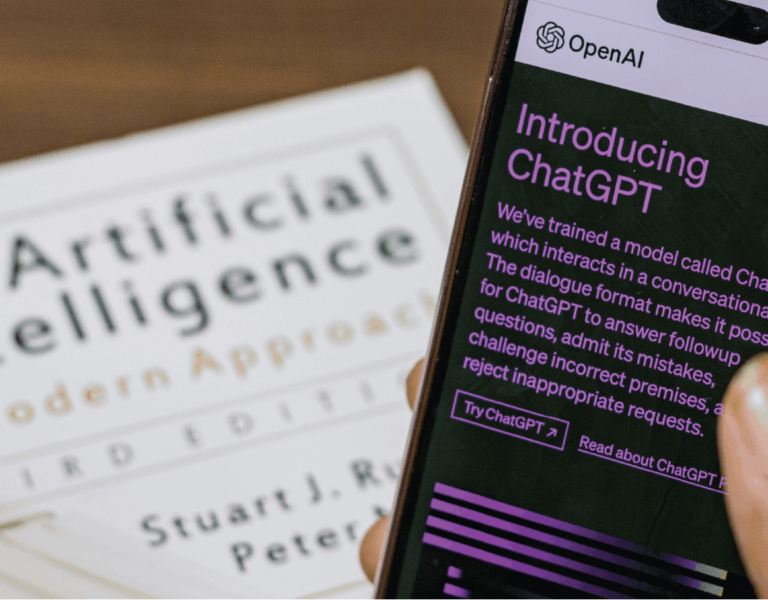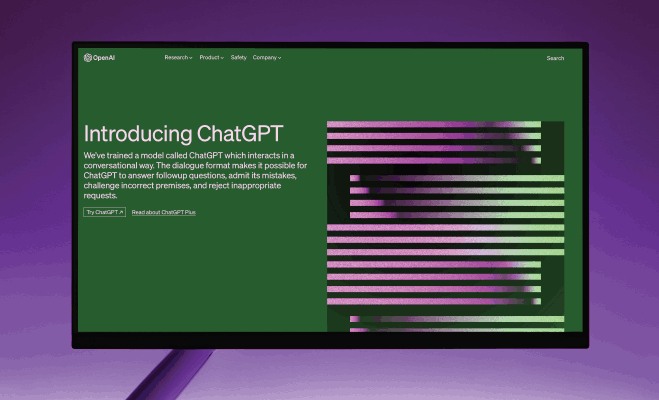The dramatic rift in OpenAI’s leadership that led to the ousting and rehiring of CEO Sam Altman reveals a new power dynamic in corporate America. Ryan Baum, Partner at Jump, outlines how businesses can avoid similar stakeholder conflict in this new era by building a clear consensus on their purpose.
With Sam Altman returning to OpenAI the week-long saga that nearly ruptured the world’s most powerful AI company is, for now at least, over. But the drama highlights a new power dynamic in corporate America where the “hard” power of executives and boards is diminished and decision-making is now a distributed process.
No longer do we live in Jack Welch’s America where CEO leadership skills were buttressed by employee fealty to corporate structure and hierarchy. When the top boss made a decision, workers were expected to follow it (or at the very least live with it) without argument and without voicing dissenting opinions.
But in recent years that dynamic has shifted. Grasping those new forces isn’t easy for CEOs. Power flows can’t readily be diagrammed like a clean org chart could be. Soft power doesn’t work in the same way across different organizations. Management power feels more tenuous and dependent on the consent of many more stakeholders than just the board of directors. The CEO may hold decision-making authority on paper, but without the consent of the managed—or even the partnered with—that authority is proving surprisingly delicate.
Oops! We could not locate your form.
The successful revolt staged by the employees of OpenAI to get Sam Altman back as CEO demonstrates yet another evolution of corporate dynamics. The employees didn’t want just to be considered in the decision-making process; the employees exercised de facto limits on the board’s power.
Considering the concerns of the workforce is no longer sufficient for leaders. The lines of authority have blurred sufficiently that what is emerging is more of a dance between management teams and employees than it is a transmission of march orders from bosses to subordinates.
The degradation of corporate hierarchy has been fueled by the broad availability and free flow of information brought by the Internet and social media age. Just as formal political party and media power structures have been weakened by distributed voices of information, analysis and opinion, so too have corporate governance structures.
Read full article on Real Clear Markets.

 Ryan Baum
Ryan Baum



